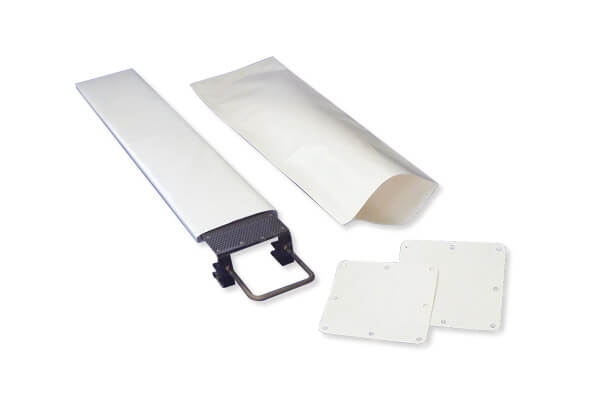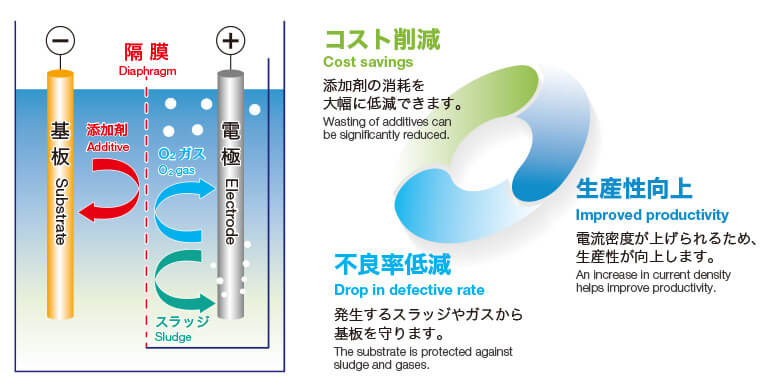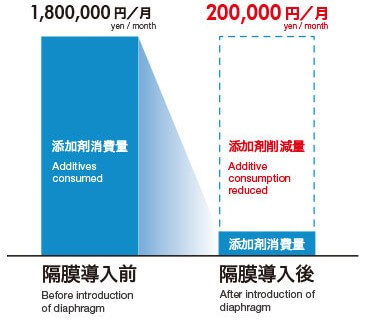Electrolytic Diaphragm For Plating
The electrolytic diaphragm controls the consumption of additives and enhances plating performance.
Newly released "Y-9207TA".
The effective width was 1.5 times compared with a conventional product.

This products contributes to the above goals among the SDGs.
Features
- Being microporous, the neutral membrane involves low electric resistance and smaller movements of liquid.
- Highly resistant to chemicals.
- It can be handled easily because it can be kept in dry conditions before use.
- It can be processed in many different forms such as slit, bag and frame welding.
- Less expensive than ion exchange membranes.
Applications
- Diaphragm for copper plating (especially effective in printed circuit boards necessitating fine controls, such as via filling and through hole)
- Diaphragm for nickel plating
- All applications of electric plating
Specifications
| Model | Material | Thickness*1 (mm) |
Electricity resistance*2 (Ω・cm2) |
Membrane polarity |
Water permeability (sec/ml/13.8cm2 at 50.7kPa、25℃) |
Storage | Processing Width*3 (mm) |
|
|---|---|---|---|---|---|---|---|---|
| Membrane | Base | |||||||
| Y-9205TA | Polyvinylidene fluoride Titanium oxide Sucrose fatty acid ester |
Polyethylene Terephthalate |
0.22 ±0.03 |
≦0.90 | Neutral | ≧10 | Can be stored in dry conditions | 500 |
| Y-9207TA | 0.17 ±0.04 |
750 | ||||||
1micrometer
2NaCl aqueous solution 20wt%
3We wii cut it desired length
The information shown above are representative values and are not guaranteed.
Effects of the diaphragm

Comparison of cost for additive (examples)

| No diaphragm | With diaphragm | Cost savings | 1,800,000yen/month | 200,000yen/month | 1,600,000yen/month |
|---|
for a plating area of 10,000m2/month
